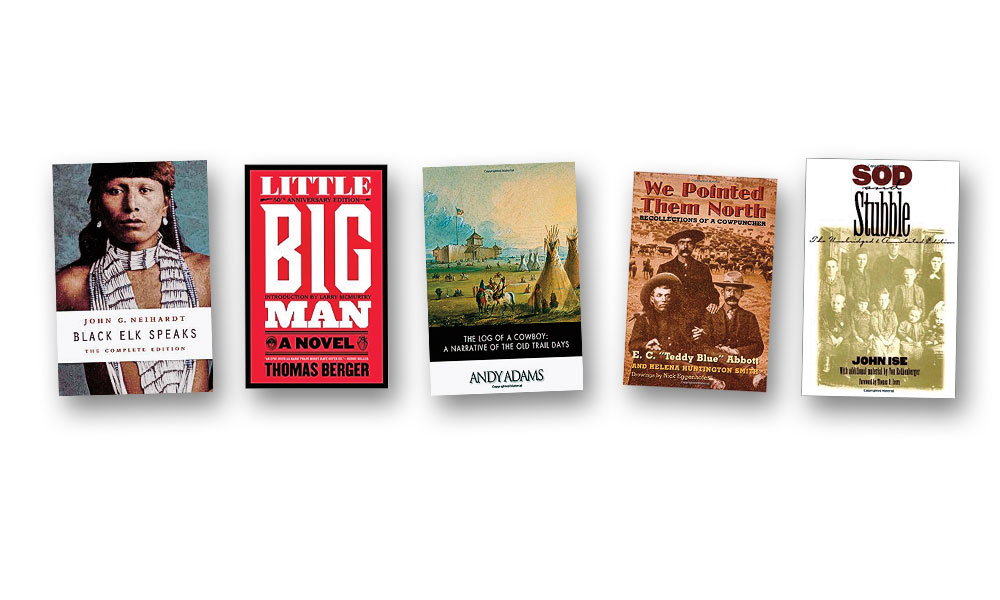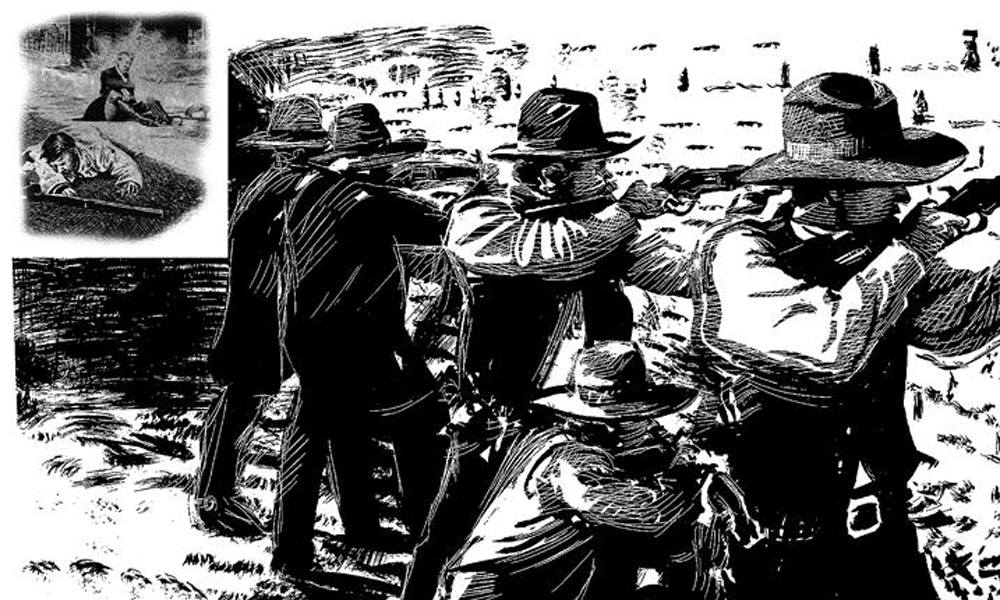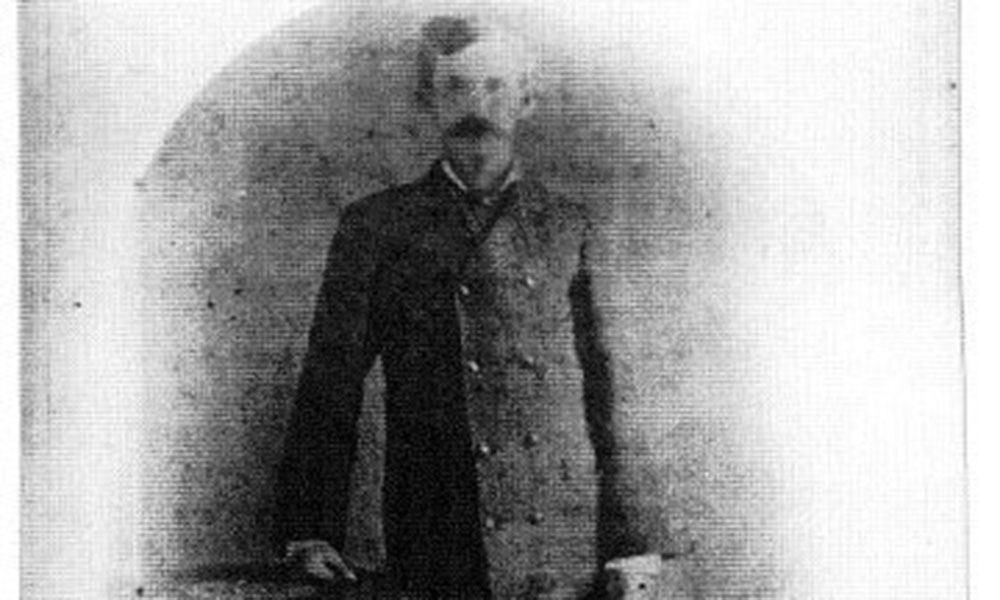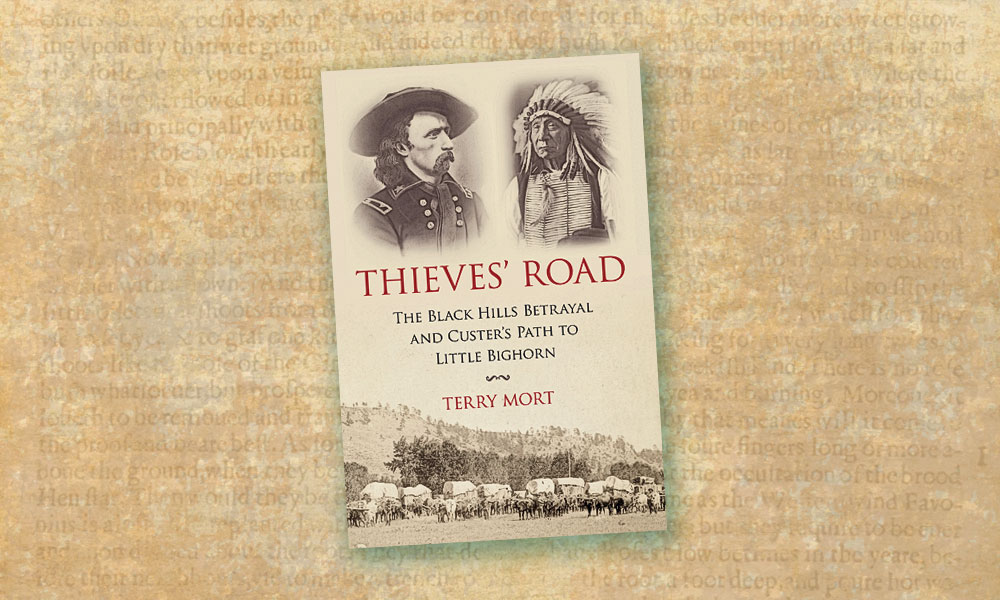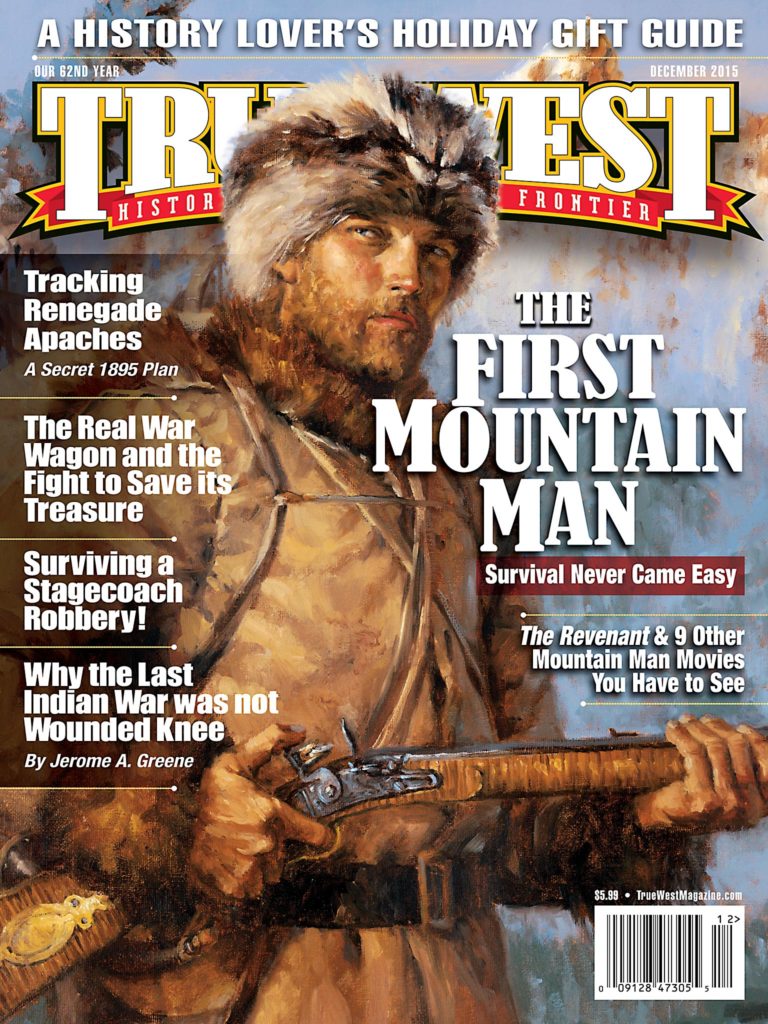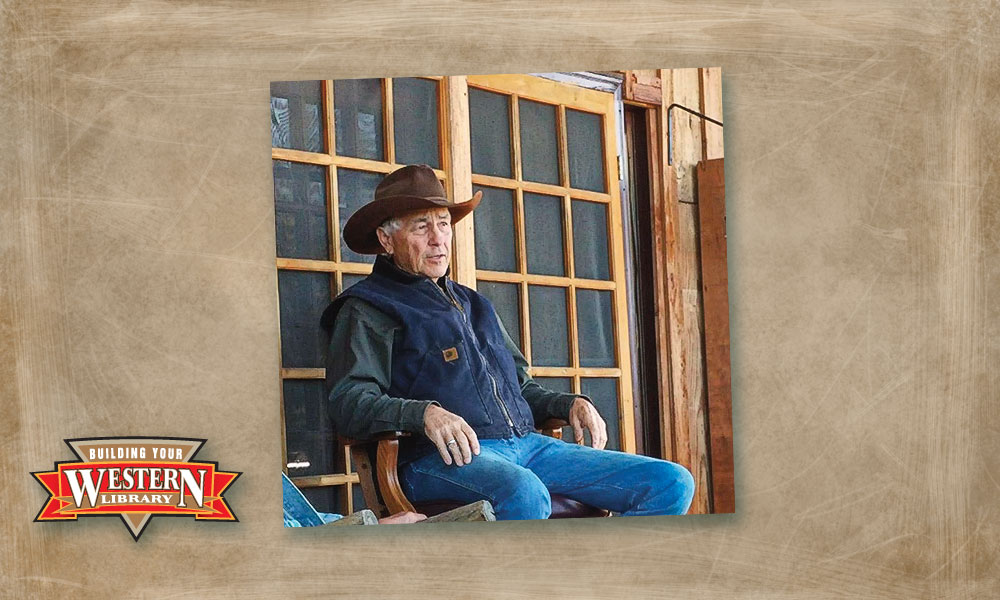
Jim Hoy, Emporia State University’s director of the Center for Great Plains Studies, is a native of the Kansas Flint Hills. Recently retired from teaching English at Emporia State, Hoy has dedicated his life “to documenting and celebrating the lives of his fellow plains folk, seeking out the extraordinary in the ordinary while encouraging pride of region in those fortunate few who dwell on the Great Plains, and an understanding of region in those who must live elsewhere.”
Hoy, who also ranches near Cassoday, Kansas, has published a weekly newspaper column, “Plains Folk,” with Tom Isern since 1983, and 16 books, including most recently, Cowboy’s Lament: A Life on the Open Range Being the Adventures of Frank Maynard on the Southwestern Plains 1870-1880.
According to Hoy, “the Great Plains area has evolved from its aboriginal nomadic inhabitants through the transience of the open-range cowboy and pioneer farmer to today’s contemporary crop agriculture.” The following books are ones he finds essential in understanding the stages of this historical progress:
- Black Elk Speaks: The Complete Edition (John G. Neihardt, Bison Books): Essentially a byproduct of his research for his epic poems Song of the Indian Wars and Song of the Messiah, Neihardt’s interviews with Oglala holy man Black Elk resulted in a book that takes the Plains Indian from his cultural high point to the despairing depths of Wounded Knee.
- Little Big Man: A Novel (Thomas Berger, Dial Press): A valiant attempt at the Great American Novel, Little Big Man views the Plains Indian through a comic lens, whereas Berger’s Black Elk Speaks provides a tragic perspective. Together, the two books examine the great cultural genocide upon which America was founded.
- The Log of a Cowboy: A Narrative of the Old Trail Days (Andy Adams, Houghton Mifflin): Although a novel, this book not only reads like nonfiction (allowing for the literary license of inventing a non-existent river in western Kansas), but provides the best account of what it was like to trail longhorn cattle back in the days of the open range.
- We Pointed Them North: Recollections of a Cowpuncher (E.C. “Teddy Blue” Abbott with Helena Huntington Smith, Farrar & Rinehart): Teddy Blue’s life story pulls no punches. His account of the difficulties of cowboy life on the northern plains, along with the lack of Victorian sugar-coating, is compelling. The cowboy as our popular culture folk hero evolved from memoirs like this one.
- Sod and Stubble: The Unabridged and Annotated Edition edited by Von Rothenberger (John Ise, University Press of Kansas): The manifestation of the Jeffersonian ideal of the American farmer is explicitly embodied in the sod-house frontier lives of the Ise family on the High Plains of Kansas. There is no better account of the pioneer farming experience.
